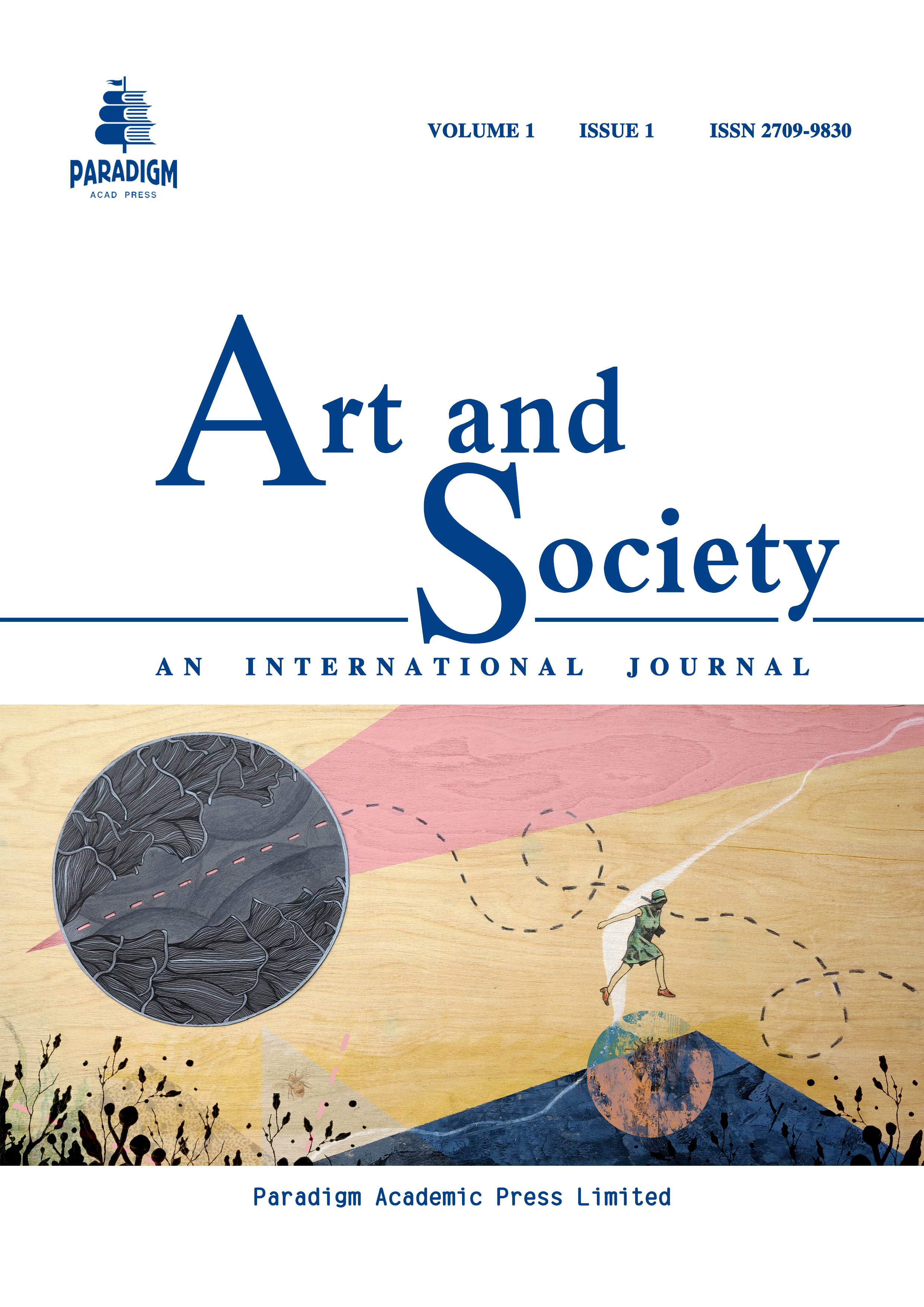Early Historic Appreciation of Landscapes, Their Value and the Contribution of Ansel Adam’s Photographic Art to Landscape and Nature Conservation
Keywords:
landscape photography, wilderness, Ansel Adams, conservationismAbstract
Antoine Furetière’s Dictionnaire universel published in 1690 was the first to present the modern meaning of the term paysage as the “aspect of a country, the territory that extends within sight”. The first landscape paintings were made in Flanders in the 15th century and depicted views of the countryside. Landscape painting of the sea and the mountains only became generalized in the 18th century, with forests and deserts becoming popular subject in the century that followed. In the 20th century, geography and ecology appropriated the meaning of landscape which then became the figuration of the biosphere integrated into a distinct territory compartment. The idea of an intrinsic value of wilderness and wild landscapes is quite recent and is based on the idea that all organisms must be protected and that the spiritual bonds that link human beings to the wild are indispensable to their mental health. Through an analysis of Ansel Adams’s letters, I hypothesize that his love for nature and his perception of how urgent it was to preserve the wilderness were the catalyst and foundation of his photographic process. Following Adams’s thinking, I propose here that landscape photography can be actively involved in nature conservation and wilderness preservation.


